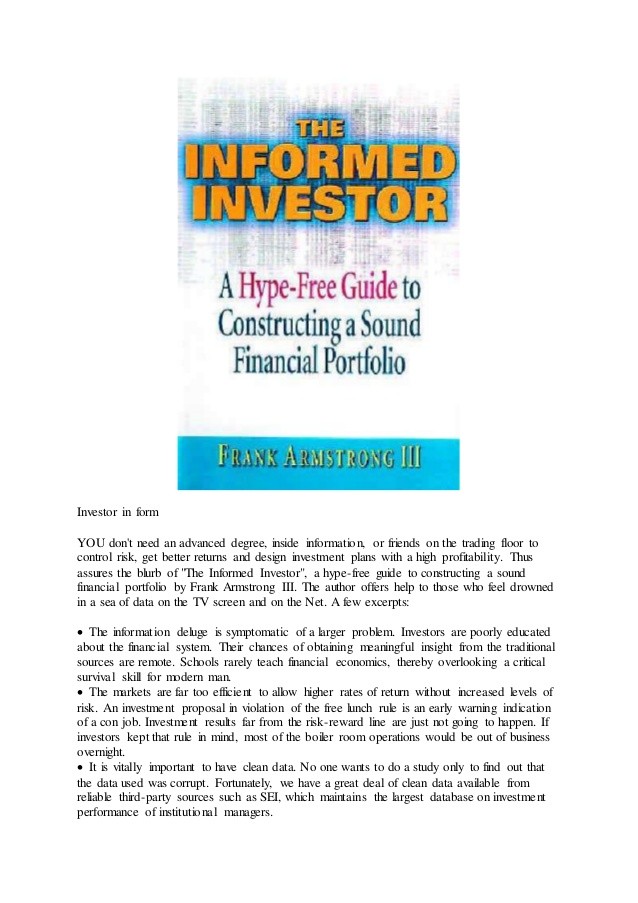The Lowdown on Core and Satellite Investing Investment Quorum
Post on: 5 Апрель, 2015 No Comment

Core and Satellite a quick guide
For an investor to adopt a core and satellite investing strategy, they must first of all decide on portfolio asset allocation. If half of the capital in the portfolio were for example invested in equities and the balance invested in fixed interest, a percentage of the capital allocated to each of those asset classes could be invested in tracker funds: 2/3rds in a stocks and shares tracker and 2/3rds in a bond tracker. Both trackers would then constitute the core element of the portfolio. The next task is to choose the portfolio’s satellite investments actively managed investments which are capable of generating bigger returns (with commensurately higher risks and fees) than those provided by the portfolio’s core investments.
As well as the asset allocation strategy, investors also need to consider three other factors when deciding which satellite investments to include in their portfolio…
Because passive investments are almost always less expensive to run (the charges are lower) than actively managed investments, the fund management charges of the core segment of the portfolio on a fund-for-fund basis will be lower than the satellite segment. Holdings in passive investments are bought and sold as and when the index changes, which happens infrequently. Whereas active fund management entails more frequent trading which results in higher execution costs.
Volatility
By dedicating a substantial portion of a portfolio’s capital to index trackers, those investments will by definition reflect the volatility of the index they track – i.e. somewhere close to average. Conversely the actively managed funds, which capitalise on opportunities as they arise, are likely to be more volatile than their passive counterparts.
Active investment managers aim to outperform a target benchmark – usually an index of some sort. Some further characteristics associated with actively managed funds are:
- Management fees tend to be higher than those charged by passive fund managers
- The turnover of holdings tends to be greater than the turnover of passive funds
- People decide whether to buy or sell investments not processes, as is the case with an index fund

By allocating the minority of a portfolio’s investments to satellite/actively managed funds, the portfolio can be less costly to manage overall, less volatile and build on the returns generated by the core investments.
The portfolios constructed by Investment Quorum will use these processes to assist in diminishing risk, costs and volatility to ensure that our investment management services are optimised for private clients. To find out more or to discuss your private client investment management requirements in greater detail please free to get in touch or ring us on 0207 337 1390.
Peter Lowman
Chief Investment Officer
This quick guide is for information purposes only and does not constitute advice. Capital invested is at risk and you may receive back less than was originally invested.
Investment Quorum is authorised and regulated by The Financial Conduct Authority
Views: 564 views














